“You’ve had an unexpected reprieve. Do exactly as I say, and I promise this will be over before the night is out.”
Rockstar’s psychological horror masterpiece Manhunt generated a massive cult following when its released in 2003. Having been banned in numerous countries as well as being threatened with the infamous ‘Adults-Only’ certification, it’s quite safe to say that Manhunt is one of, if not the most controversial game ever released. However the cultural significance of Manhunt cannot be ignored, so much so that it’s even been compared to Stanley Kubrick’s 1971 dystopian crime epic A Clockwork Orange for the impact it’s left on the video game industry. Over the course of this article I’ll be discussing what made the original so intriguing, and whether Rockstar Games will ever have the stones to release a third entry in the bloodthirsty series.
Ever since my parents took away my copy of Manhunt back in 2003, it was firmly burned into my retina, leaving a lasting impression that would stay with me for years to follow. It wasn’t the blood and gore that intrigued me, more the minds of the people that created it. At the time, my only other experience with Rockstar Games was their blockbuster Grand Theft Auto series, which (although they were considered violent as well) were more story based, driving affairs than they were all out slaughter. Manhunt was a different beast altogether, and there’s no denying that when it comes to the ever burning issue of violence in video games, most people will probably think of Manhunt as the most prolific example. While it’s true that Manhunt does glorify violence, it doesn’t do so without precedence; you are killing to survive, in what can only be called a twisted game of cat and mouse, because at its core Manhunt is a survival horror game, and it lives up to the title perfectly.
Manhunt is primarily centred around a snuff film ring (which is a taboo subject to begin with), being run within a dilapidated rust belt metropolis called Carcer City (Rockstar’s caricature of cities such as Detroit). The game places you in the shoes of James Earl Cash (I still think he sounds like a Country and Western singer) a convict released from death row on the eve of his execution by a mysterious benefactor called ‘The Director ‘. Cash soon learns that his situation is far from ideal, as he has every low life scumbag in Carcer City hunting for him, and that the only way that he can survive is by following the instructions of the Director to the letter, as well as butchering his adversaries along the way in the most violent way possible. Cash is presented with very little options to defend himself for the vast majority of the game, leaving him to use improvised weaponry such as plastic bags and shards of glass. This is of course where Manhunt received it’s infamous reputation, for with these types of weapons lie the brutal executions that push the limit of player’s imagination, which are both shocking and satisfying to watch the same time. While by today’s standards the PS2 era graphics are a bit dated, back in 2003 they were vividly real in what they were depicting, coupled together with realistic sounding death effects such as gurgling blood and you have quite the violent cocktail of controversy, especially when the game would later be ‘linked’ to a murder case in the UK back in 2004.
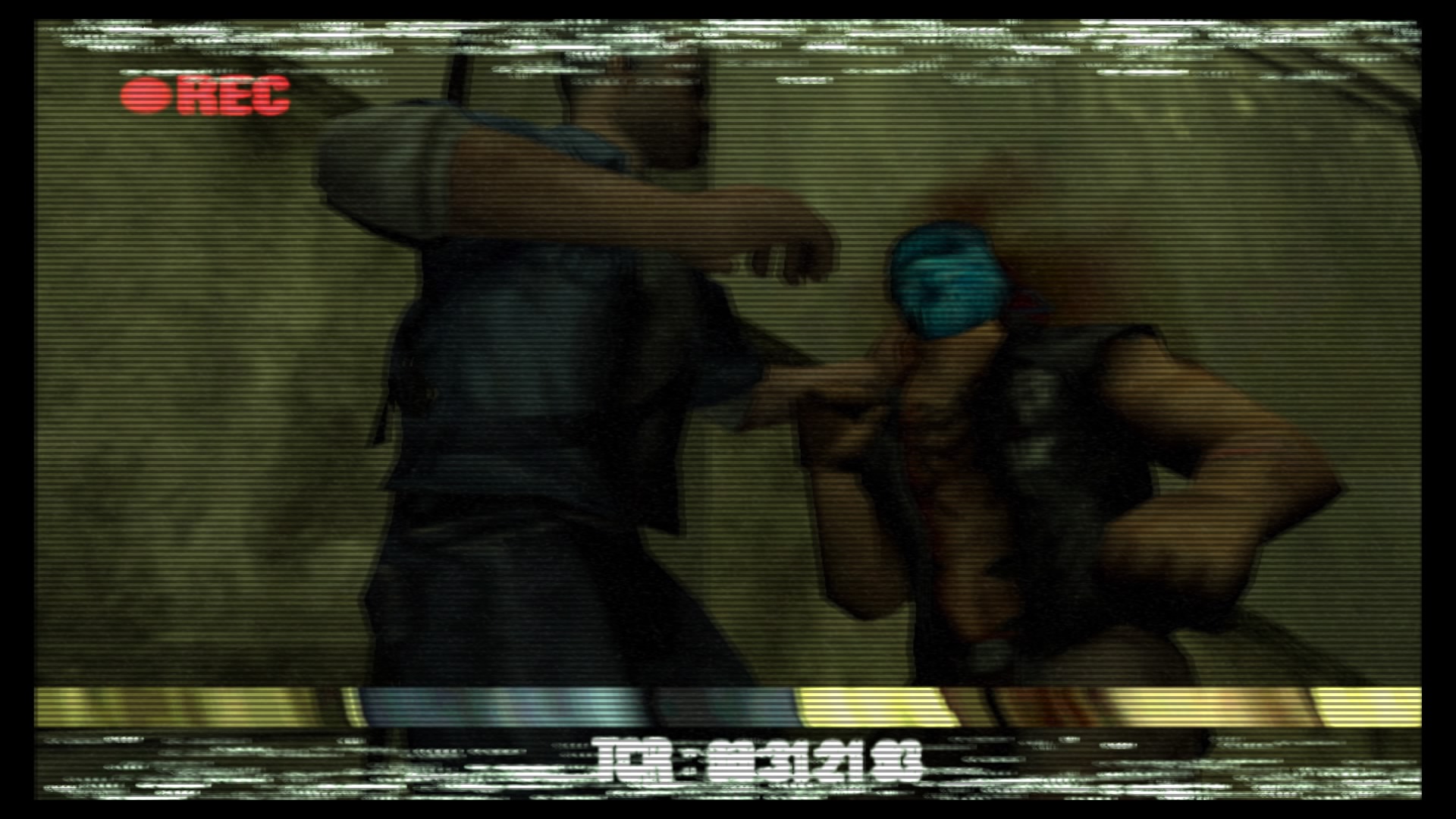
Brutal Blood Sport: Everyday items such as plastic bags become brutal and terrifying weapons in Rockstar’s 2003 slaughterfest, Manhunt.
Combat in Manhunt is primarily stealth based, with firearms making an appearance in the later stages of the game. Cash utilizes an impressive arsenal of diverse weaponry throughout the game; starting out with the aforementioned improvised weapons such as plastic bags, brutal melee weapons such as the Hatchet and Hammer, leading up to fully automatic firearms like the Assault Rifle and Sub-Machine Gun. Each melee weapon has 3 distinct executions which are colour coded: hasty executions are indicated by white triangles, violent by yellow and gruesome by red. The longer the player takes to ‘build-up’ the execution, the more bloody and brutal it is (red being the most gruesome). Executions cannot be performed with firearms in Manhunt, but would later be an option included in Manhunt 2. Manhunt‘s melee combat (when out of stealth) is a very button mashing affair, and at the best of times is unreliable, leaving stealth as the smart play rather than toe to toe combat. The shooting mechanics could use some work, however the guns in the game fire with some weight to them, which genuinely makes them feel powerful. In terms of missions, Manhunt is broken up into 20 distinct levels, which are referred to as ‘Scenes’ in game. Each ‘Scene’ has a maximum of five stars, and rewards these based on a number of factors, such as how quickly the scene was completed and how brutally the player executes the hunters within that scene; if enough of these stars are earned, they unlock bonus material such as concept artwork and extra levels.
The standout feature in Manhunt lies not within its violence, but in its ability to add tension to nearly every enemy encounter within the game. The game features numerous gangs who all have their own “thing” as The Director puts it. Each gang comes with their own unique personalities, with the standout bunch being The Smileys, the former inmates of Darkwoods Penitentiary. Having been inspired by real life serial killer Kenneth Jesperson (a.k.a. the Happy Face Killer) the Smileys are jabbering psychopaths who relish in the slaughter, chasing down Cash with reckless abandon; they also spout some of the games more hilarious (albeit unnerving) lines, which presents a unique juxtaposition between humour and horror, which is what makes them so terrifying. Alongside the diverse cast of enemies is a stellar soundtrack that adds to the atmosphere tenfold, being very reminiscent of those found in classic 70’s horror movies such as John Carpenter’s brilliant Assault on Precinct 13 or his slasher genre catalyst Halloween. The environments found throughout the game are eerily dark and quiet, offering a harrowing look at what a corrupted rust belt city might look like, with locations such as the Carcer City Zoo and Darkwoods Penitentiary being the creepiest of the bunch. The story isn’t up to much, and the voice acting certainly won’t be winning any awards, but what Rockstar succeeded in was creating a tense, atmospheric horror title that genuinely affects the player on a psychological level, making one wonder whether it’s normal to be having so much fun while killing people in the most brutal way possible.
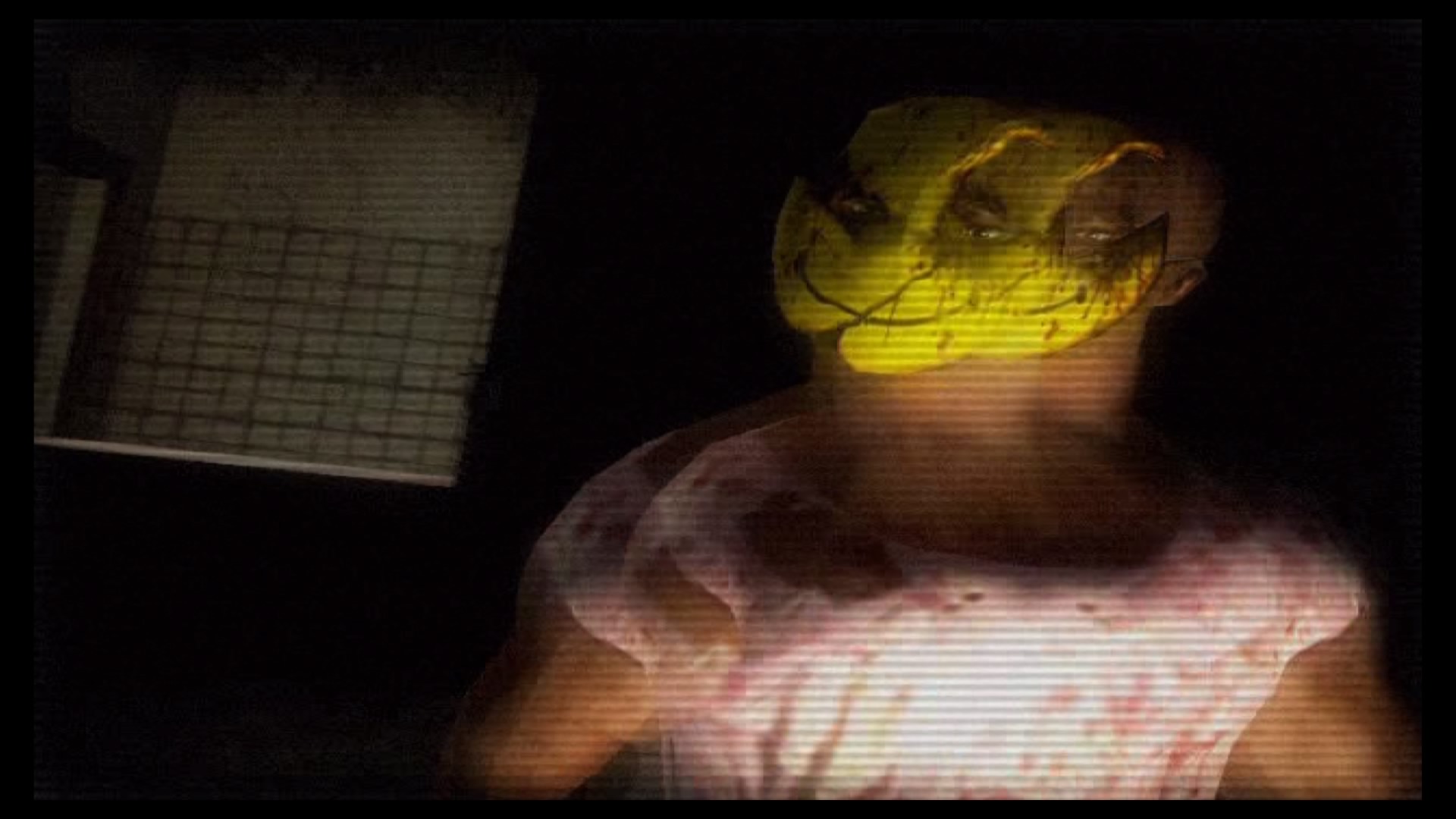
The Smileys: Manhunt’s premier lunatics, who will chase you down and cut you up without a second thought.
When Manhunt released in 2003, it did so to a swath of controversy (the long lasting kind). Many considered the game to be distasteful in what it represented, stating that it was nothing more than a ‘murder simulator’, while others praised the dark nihilistic overtones of the games theme, and its ability to push the envelope of what was deemed the ‘norm’ for video game violence at the time by revelling in completely uncensored scenes of gratuitous slaughter, something that was completely unique in 2003, but was still very much a product of its time. The controversy reached its peak in 2004 when teenager Stefan Pakeerah was murdered by his friend Warren Leblanc, with the initial media reports stating that a copy of Manhunt was found in Leblanc’s room, leading the game to be the subject of numerous witch hunts over the course of the following year. The game was cleared of any wrongdoing, as the police deemed that there was no link between the murder and the game, citing that the cause was drug-related robbery, and that the game was actually found in the victims room, rather than Leblanc’s as the media initially reported. The subject also arose that the game was classified as 18 on release, meaning that it should not have been in the possession of a minor.
Regardless of the outcome, Manhunt was banned in numerous countries around the world, while also being removed from the shelves of a number of UK stores. As the media reported that the game could potentially be banned worldwide, the demand for the game skyrocketed from both high street retailers as well as online auction sites leading the game to be sought out heavily as a collector’s item, which is partly responsible for the cult status that the game holds today. The controversy began to die down after Stefan Pakeerah’s parents hired now disgraced American attorney Jack Thompson, to sue Sony and Rockstar £50 million in a wrongful death claim. The claim was dropped not long after, and the controversy surrounding Manhunt died down entirely until news of a second game that was in the works began to surface. Two days after its announcement, Take-Two Interactive issued a statement saying that the court case was quite clear in its sentencing, and that contrary to all the evidence, certain individuals continued to falsely tie Manhunt in with the 2004 Leblanc case. In response to this, both Pakeerah’s parents condemned the release of Manhunt 2, as well Jack Thompson calling for the game to be banned; their efforts were ultimately unsuccessful.
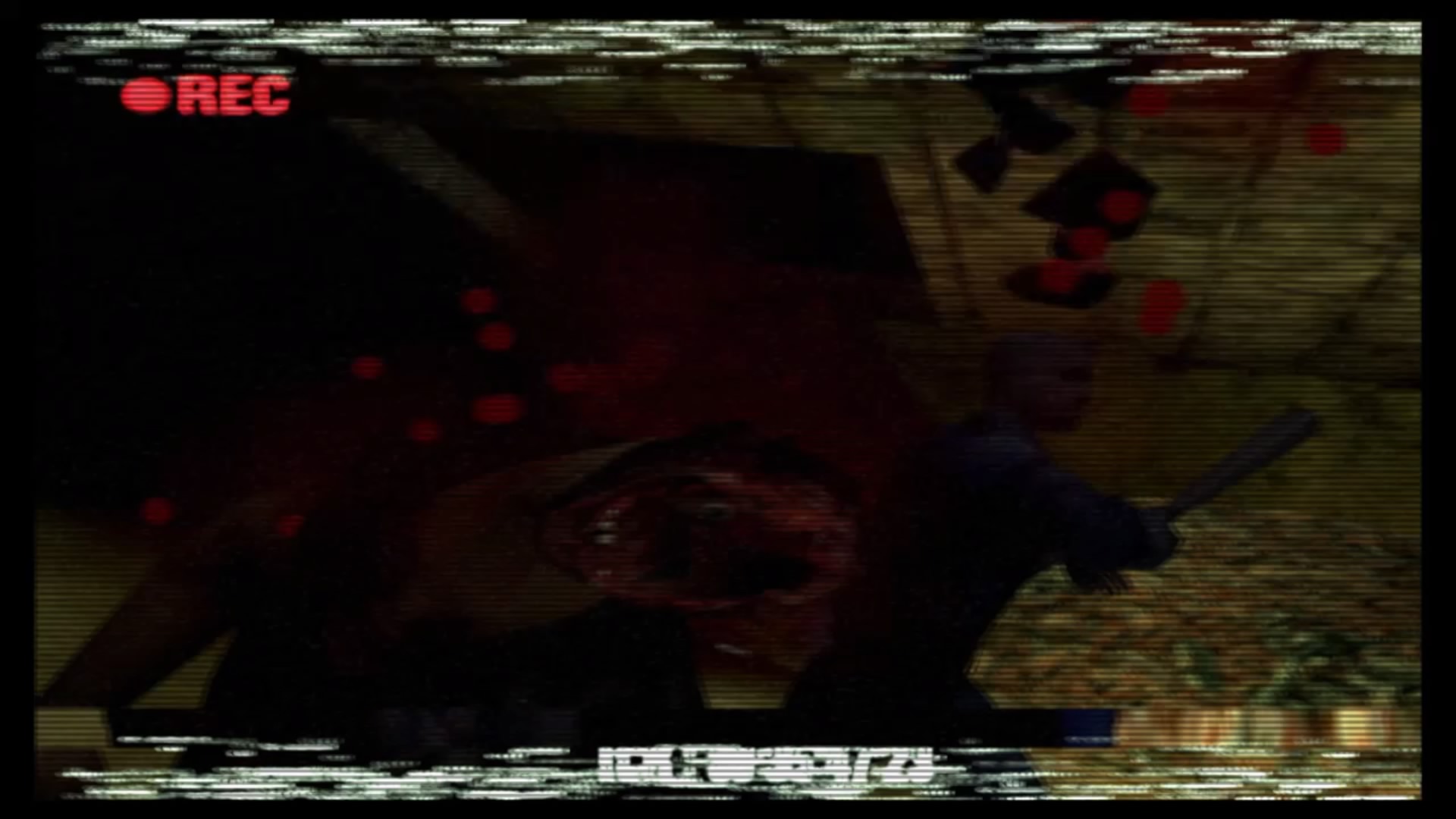
Adults Only: It’s clear that Manhunt doesn’t pull any punches when it comes to gratuitous violence, but age ratings are in place for a reason; these games are not meant to be played by children.
Manhunt 2 eventually released in a censored format on the 29th October 2007 in North America to mixed reviews, being nowhere near as good as the former (sequels to slasher films always suck). The gore factor was certainly ramped up for the second title, but that of course meant that it would end up being far more controversial than the original. Less than a month from its release, Manhunt 2 was rejected by both the BBFC and IFCO, fundamentally blocking it’s sale entirely within the United Kingdom and the Republic of Ireland; the game was also hit with an Adults Only rating in the states, limiting its sale strictly to PC only. This lead Rockstar to re-release a censored version of the game, that differed quite significantly to the original; the main censorship was the inclusion of a ‘filter’ that starts when the execution scenes begin, turning the screen red with constant flickering between black and white, fundamentally blocking the worst of the violence and gore. After a long and constant battle with the BBFC over the classification of the title, the game was eventually released in the UK on the 31st October 2008, nearly a whole year after the US release. The game can still be found in its original uncut format if one knows how to navigate the darker corners of the internet (Ships ahoy, me hearty) but the fact that there was so much backlash in the form of media pressure calling for the censorship of a video game is a something that should not be forgotten, even more so now as we’re currently living in an age where the list of our internet and right to free speech freedoms are getting shorter with every passing moment.
As for the future of the Manhunt franchise, it’s anybody’s guess if we will ever see a sequel. As of March 2012 Take Two Interactive completely shot down rumours of a sequel that was in development, stating that they have no plans to take the series forward. Rockstar on the other hand seem to be open to making a new Manhunt title, as they were very vocal at the release of Manhunt 2 that they were proud of the work they had done on both titles, stating that the original has a “very loyal fan base” and with their stellar track record in dealing with controversy extremely well with nearly every new game they release, I don’t think this is the last we have seen of the Manhunt series; as they say, the snuff must go on…
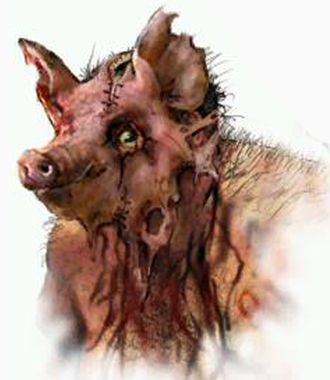

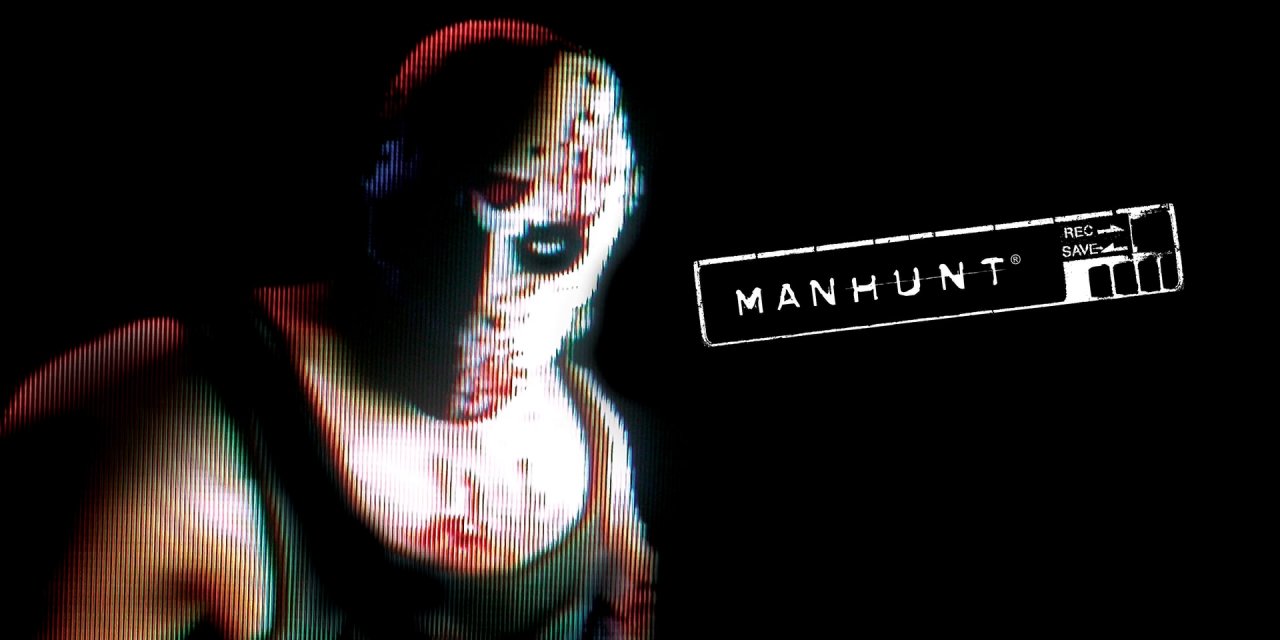
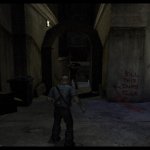

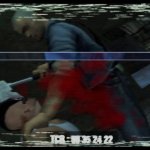
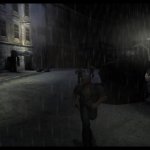
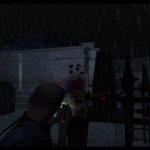
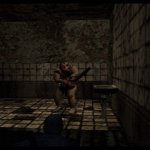

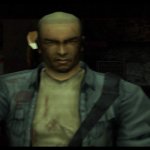
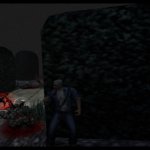
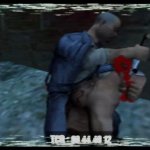

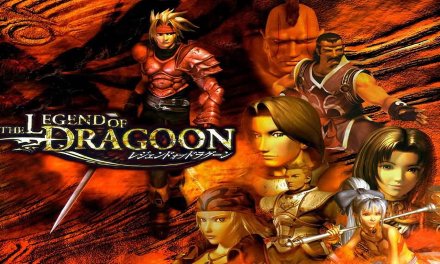
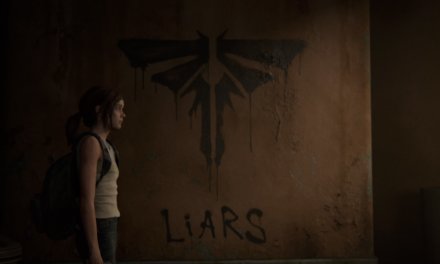
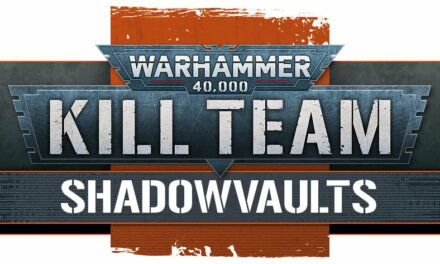

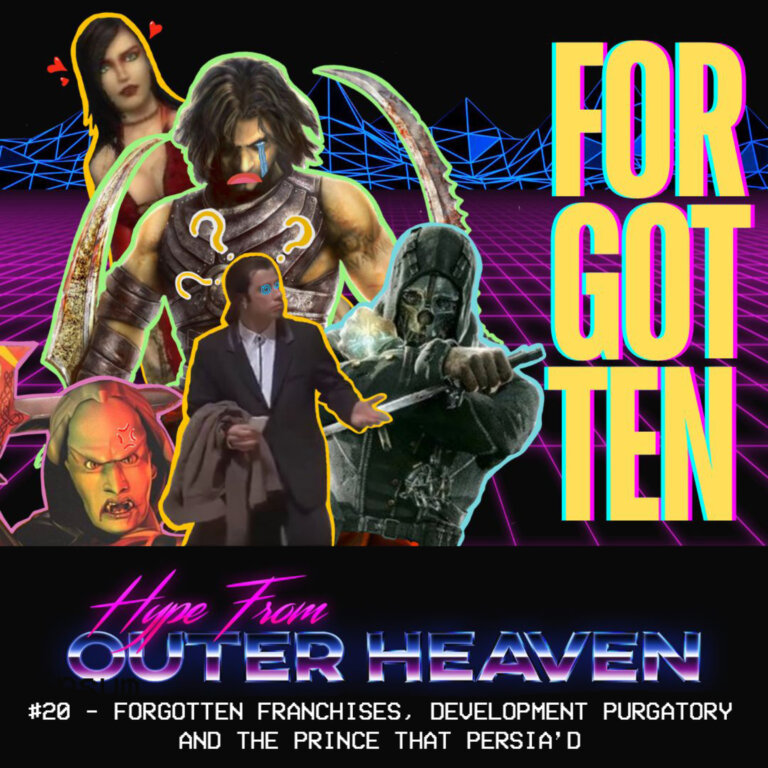
I would love to agree with you, but somehow I am more then sure that Manhunt 3 is NEVER happening. The major public will absolutely burst in religious rage over it. Although I do remember the series fondly, especially the second game – it was probably the best stress-killer you could get on the PSP 🙂
I have to agree that it does look very bleak. It seems Rockstar is open to the idea, but as you said the media backlash would be pretty bad, especially based on the reception of the first two. Ah see, I never played it on the PSP, I can imagine it would have been fun to play on a handheld. Cheers for the comment mate 🙂